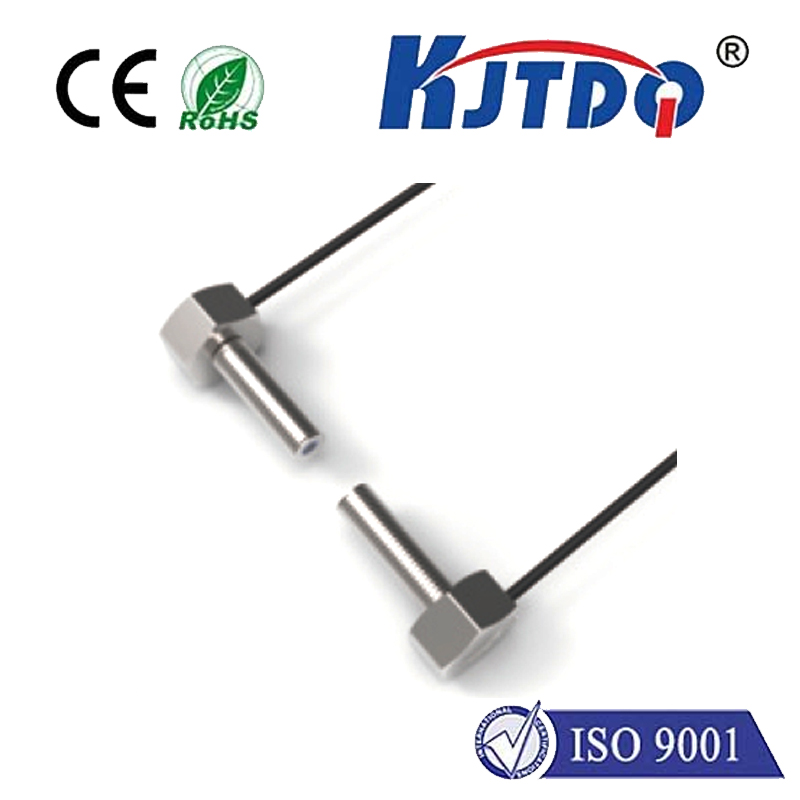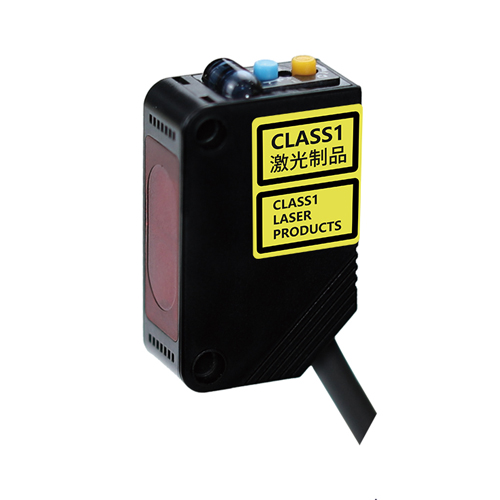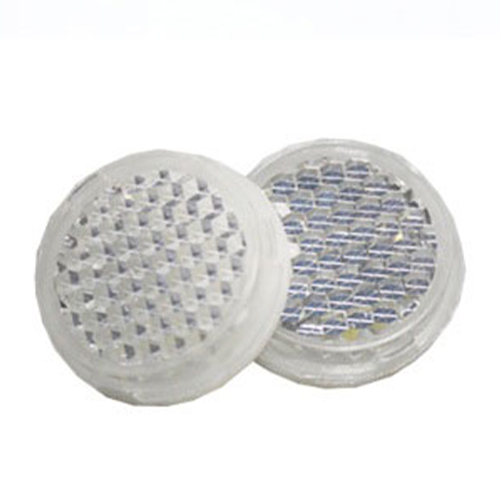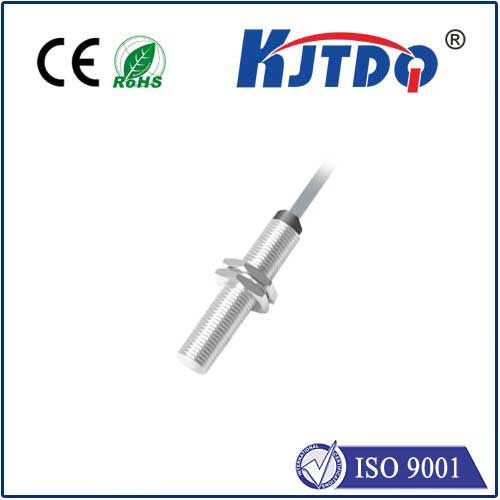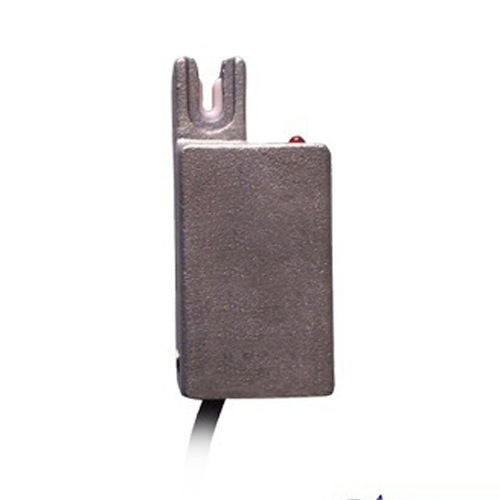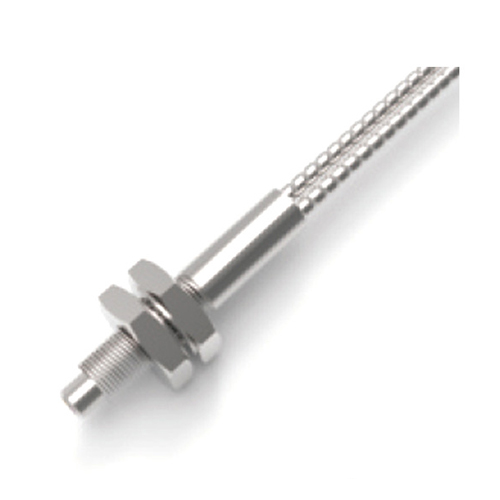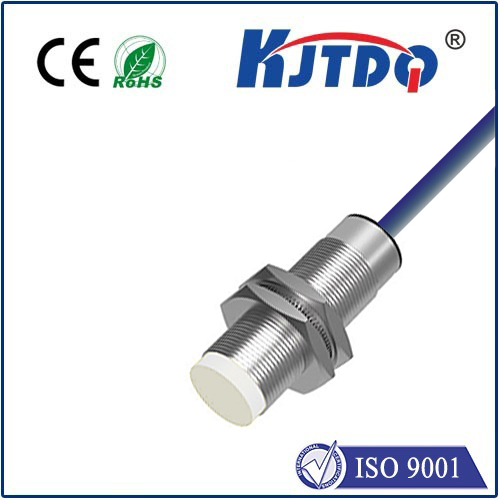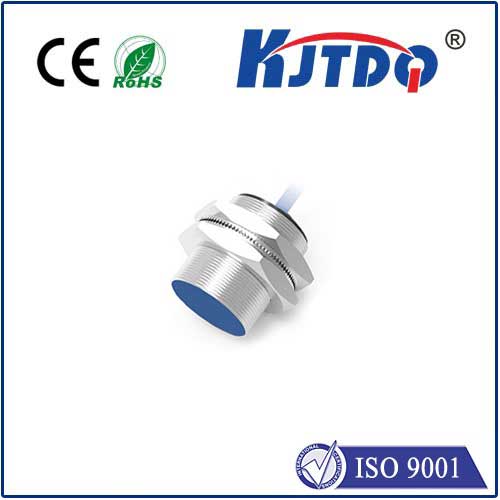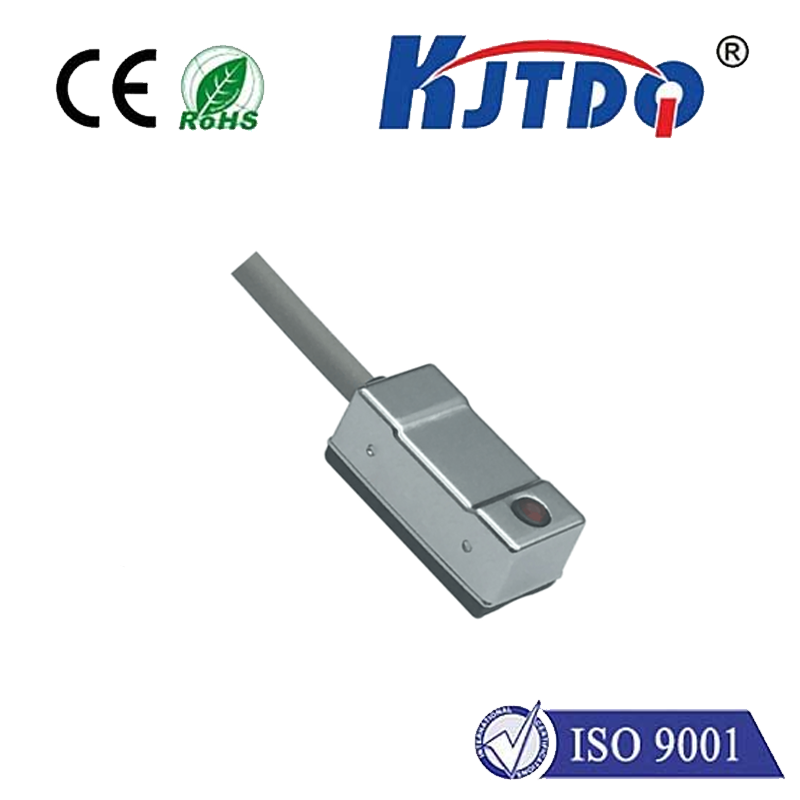

check

check

check

check

check

check

check

check

check

check
Title: Exploring the World of CNC Switches: A Revolution in Precision and Efficiency
In the ever-evolving landscape of manufacturing and industrial automation, one technological advancement has quietly revolutionized the way we approach precision and efficiency: CNC switches. These compact yet powerful components are at the heart of modern computer numerical control (CNC) systems, transforming the capabilities of machines across various industries. Let's delve into the world of CNC switches and explore their significance, types, applications, and future prospects.
The Significance of CNC Switches
CNC switches are crucial elements that enable the communication between a CNC machine tool and its operator or programmer. They facilitate the input and output of signals to control various functions of the machine, such as starting and stopping operations, changing tools, adjusting speeds, and monitoring system health. By providing precise control over these functions, CNC switches ensure that manufacturing processes are executed with unparalleled accuracy and repeatability, reducing waste and improving product quality.

Types of CNC Switches
There is a wide array of CNC switches available, each designed for specific tasks or environments. Common types include limit switches, emergency stop switches, cycle start switches, and jog switches. Limit switches define the physical limits of machine movement to prevent collisions or damage. Emergency stop switches offer a quick way to halt all operations in case of emergencies. Cycle start switches initiate the machining cycle, while jog switches allow manual positioning of machine components. Understanding the purpose and functionality of these switches is essential for maximizing their effectiveness in CNC operations.
Applications of CNC Switches
The applications of CNC switches span numerous sectors where precision engineering is paramount. In the automotive industry, they are integral to the production of high-quality engine parts and body components. Aerospace manufacturers rely on them for crafting complex aircraft structures with exacting tolerances. The medical device field uses CNC switches to create life-saving equipment with consistent reliability. Additionally, they play a role in the fabrication of consumer electronics, making sure that every gadget meets stringent design standards before reaching consumers.
The Future of CNC Switches
As technology continues to advance, so too does the development of CNC switches. Smarter switches with enhanced functionalities are being introduced, offering features like diagnostic capabilities and wireless connectivity. This integration with IoT (Internet of Things) technologies paves the way for predictive maintenance and real-time monitoring, further enhancing operational efficiency and reducing downtime. Moreover, there is a growing trend toward user-friendly interfaces that simplify programming and operation for non-expert users.
Conclusion
CNC switches stand as silent sentinels in the quest for precision and efficiency within the realm of automated manufacturing. Their ability to control and monitor complex machinery not only elevates product quality but also ensures safety and reduces costs. As we look forward, it's clear that these switches will continue to evolve, adapting to the demands of an ever more technologically advanced world. With ongoing innovation in CNC switch technology, the sky's the limit for what can be achieved in precision engineering and beyond.
